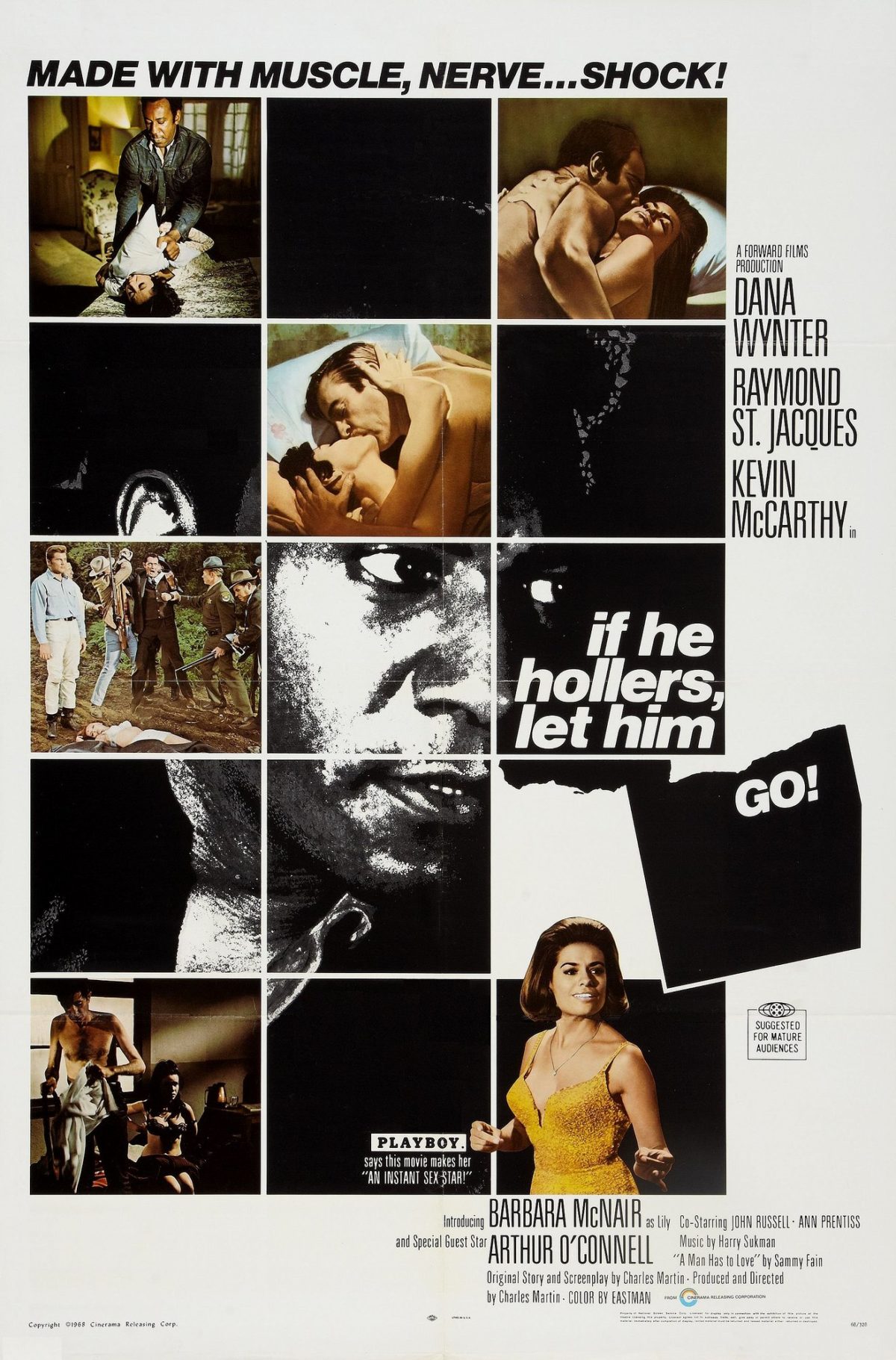In the aftermath of the Great Depression and World War II, a certain disillusionment with the status quo and a fascination with the darker, unknown borders of society manifested itself in the genre of noir. Dashiell Hammett’s The Maltese Falcon centers on a straight white male detective who is able to trangress the borders of society due to his moral ambiguity; Sam Spade is able to descend into the darkness without being completely overtaken by it. Yet Sam also uses fear as an organ of perception to navigate the anarchy and disillusionment of the 1930’s and 1940’s. Hammett creates a sense of false anxiety that is mirrored by white male detective Philip Marlowe in Raymond Chandler’s Farewell, My Lovely. Both protagonists demonstrate how traditional noir is defined by the white male voyeuristic gaze; Sam and Philip treat the “other” in society–the non-white, seemingly-morally ambiguous characters–as caricatures instead of humans.
Yet when black characters are centered in the plot, noir evolves into black noir. This new version of the noir genre seeks to make black people and culture visible, not white. Chester Himes explores the themes of black rage and institutionalized social injustice in If He Hollers Let Him Go; popular concepts such as the talented ten and the color line come into play as the protagonist attempts to regain a sense of masculinity while completely negating the politics of race and racism. The intersection between class and race is examined in Dorothy Hughes’s The Expendable Man. What begins as attempts to shed light on the reality of black culture in the United States borders on appealing to the white voyeuristic gaze as the black underworld is revealed in Iceberg Slim’s Trick Baby. The line between black sleaze and ghetto realism blurs in Donald Goines’s Never Die Alone; he purposely employs the tactics of black sleaze to inform the black voyeuristic gaze. Barbara Neely’s Blanche on the Lam and Walter Mosley’s Devil in a Blue Dress use the black voyeuristic gaze to shed light on the dualities of modern black life in America. All in all, black noir centers black characters not to ascend out of the darkness, but to reveal the light that already exists on the exigencies of society.
